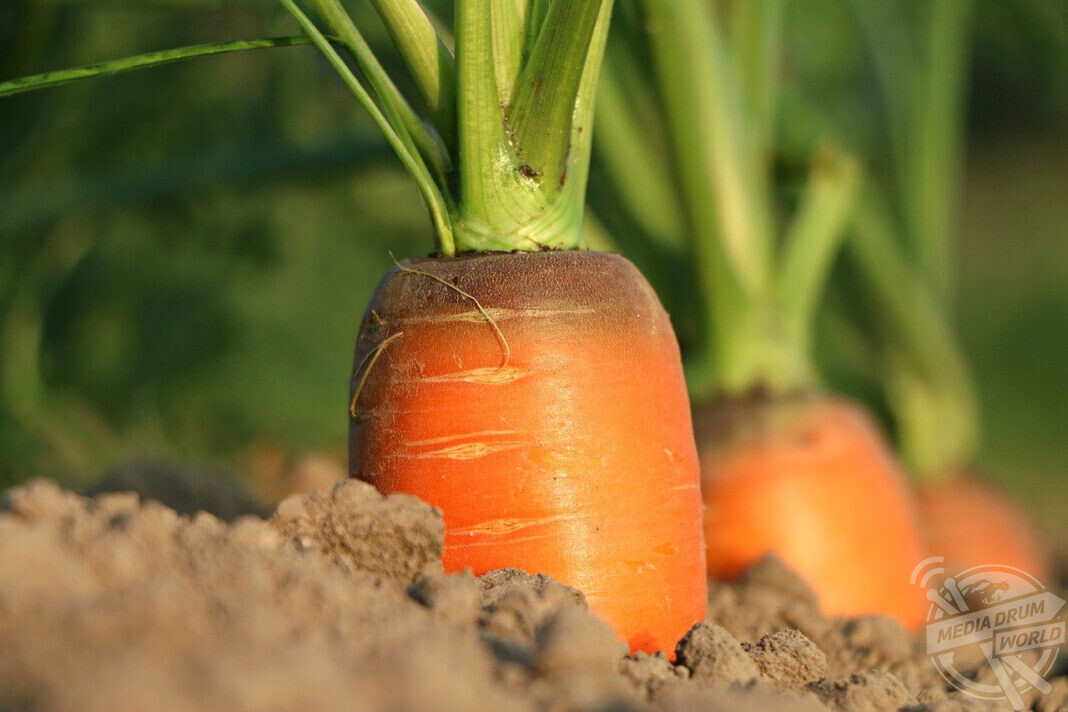In the past few years, a growing number of businesses across various industries have joined the digital platform. Whether it is a public postal service organization or a micro flower business, all of them are enjoying the possibilities that technology, particularly digitization has unlocked for them. It is interesting to note that the agriculture industry is not an exception here. We have seen a string of new technologies changing the way agriculture processes are done from sowing seeds, finding the right insecticides and pesticides to harvesting the crops.
As far as developing countries are concerned, the presence of the digital agriculture market is all the more significant. It is not so only because developing countries are more dependent on agriculture than developed ones, but also because of the fact that the digital agriculture market means global reach for local farm producers.
What Is Digital Agriculture
In simple terms, when digital technologies play a role in the optimization of processes involved in agriculture such as buying manure, marketing of final produce, and transactions, it is digital agriculture (DA). A set of digital tools are used to make it possible including the Internet of Things (IoT), warehouse receipt systems, blockchain-enabled food traceability systems, e-extension services, and automatic irrigation control, etc. The folks at Pinduoduo Inc. believe that so much societal good can come out of digitizing agriculture. Farming with the help of digital tools is both efficient and effective and can heavily impact the entire agri-food value chain.
As we are on the topic of digital agriculture, it makes sense to know about precision agriculture as well. Many people wrongly equate precision agriculture to digital agriculture. As a matter of fact, there is a little but significant difference between the two. Precision agriculture, abbreviated as PA, is a technology-enabled approach to farming and related activities. The technology is used to identify and analyze the needs of a specific field and crops. As per recent studies, PA is mostly the result of agricultural activities done with the use of technologies such as big data, advanced analytical technologies, and robotics technologies such as sensors, weather forecasts, and aerial imagery.
The difference between precision agriculture and digital agriculture lies in the fact that while PA is only related to on-farm activities, DA includes all activities from pre-production to post-production. A truck rental app is an example of DA while a GPS guidance system is an example of PA.
Why Is Digital Agriculture Marketing Important For Developing Countries
Developing countries such as India and Vietnam depend greatly on agriculture. Some of these countries have high agriculture capabilities. But in the absence of proper marketing technologies and tools, a lot of the entire produce either goes wasted or gets sold at losses. Both of the consequences impact the nation’s GDP heavily. However, when these countries have access to digital agriculture markets, it gets easier to find customers for their agricultural products. Not only does the digital market widen their territory, but it also helps them promote their products which ultimately helps to enhance the sale.
The global digital agriculture market is constantly on a rise. As per a recent report by MarketsandMarkets, the digital agriculture market is anticipated to grow to reach the total valuation of USD 6.2 billion by the end of 2021 – up from USD 5.6 billion a year back. If that really happens the CAGR will be around 9.9% which is a great indication of the digital agriculture market’s further growth.
The growth is suggestive that the digital agriculture market has been effective to farmers and can enhance the processes crucial for agriculture. This is a good sign at the beginning and if the trend continues this way, we can have better agricultural products at good prices.
What Are The Advantages of Digital Agriculture
Digital agriculture may prove to be very helpful to both farmers and the government if carried out properly. Besides having on-farm benefits, there are several industry-level benefits as well that promise inclusive growth to the entire agriculture industry not only in developing countries but everywhere else in the world. To make this vision come true, it is necessary that the digitization of agriculture is carried out properly with everyone in mind especially producers and buyers. Let us take a look through some of the most important advantages of digital agriculture and the digital agriculture market:
- Digital technologies ease up the process of farm management – ultimately saving time, money, and a lot of effort. For example, agro e-commerce platforms allow you to market your farm produce with ease without even physically going to the marketplace.
- Another great benefit of digital farming is that it helps you gain the much-needed efficiency right from getting raw materials, production, to even making online receipts. For example, a warehouse receipt system allows the farmers to easily deposit their farm produce in exchange for an electronically generated warehouse receipt. The system makes it convenient to keep a track of storage, inventory, and payments.
- The digital agriculture market optimizes the entire agro supply chain.
- The e-market also helps rural farming communities gain access to the market and productivity tools.
- Risk management is easier with technological tools available for aid such as artificial intelligence and crop monitoring technology.
- The technologies also allow farmers to manage the quality better and assure quality production.
- The digital market eliminates costs related to the physical marketing of agricultural produce, hence the profitability for farmers rises significantly.
There are many more ways digital agro markets and tools can help farmers and organizations make better decisions and eventually grow healthy crops. Besides having direct benefits, e-activities also contribute to the environment. Therefore the sustainability aspects of farming cannot also be questioned. Developing countries can take a step further to ensure access to the digital agro market to each of its farmers. If every farmer can come under the purview of digitized agriculture, great results can be expected.






